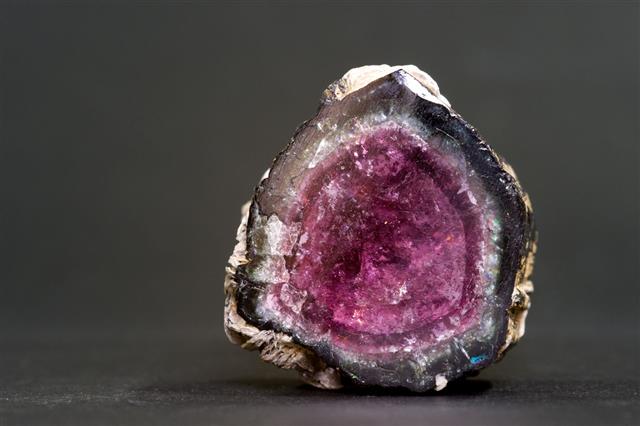
The most common homogeneous mixture examples we come across in our day-to-day life are sugar and cement. Read on to know about the concept of homogeneity in solutions and a few more examples.
There are various definitions of homogeneity with the most prominent one being: A mixture is defined as matter constituted of two or more physical entities mixed together which may be in definite proportions or otherwise, without any chemical bonding. There are various kinds of mixture which we come across naturally. Say for example – air, soil, sea water etc. Even the cytosol of a cell of our body is a mixture.
So what are the properties of a mixture?
- A mixture always exhibits the characteristic properties of the substances it is made of.
- The composition of a mixture is varied by altering the proportions of its constituents.
- A mixture can be segregated into its constituents by physical or mechanical means. After separation, the individual properties of the substances are retained.
A mixture is basically classified into 2 basic types:
- Homogeneous Mixture
- Heterogeneous Mixture
A homogeneous mixture is a composition of two or more pure substances in a definite proportion, displaying uniform characteristics. These mixtures do not exhibit a sharp melting point since they melt at different temperatures.
Some Natural Examples of Homogeneous Mixtures
Sources of Water
Water (chemically known as H2O) is always available as a mixture containing dissolved gases or minerals. The sources include rains, ground resources and water bodies such as lakes, rivers and sea. All these sources have water in the form of varying homogeneous mixtures depending on the percentage of salt and mineral present in it. For example: Sea water is a homogeneous solution having a higher percentage of salt and minerals than any other water source. Similarly, rainwater is a homogeneous solution containing dissolved gases like O2, CO2 and some gases produced due to human emissions of nitrogen and sulfur oxides. They also contain mineral ions of sodium, potassium, magnesium and calcium.
Blood Plasma
This is a good example of a homogeneous mixture present in our body. Blood plasma is pale yellowish, transparent and clear fluid with a uniform composition throughout. Slightly alkaline by nature, it is composed of inter-cellular matrix approximately constituting 55-60% of blood.
Mineral Ores
Mineral ores are also one of the best examples of homogeneous mixtures. They are basically rocks consisting of different minerals in definite proportions which can be separated by mechanical means. For example – Iron ores are rocks which contains various forms of iron oxides like magnetite, hematite, goethite, limonite or siderite. These homogeneous rock mixtures are used in extraction of metallic iron.
Air
There have been debates on whether air is a homogeneous mixture or not. Our atmosphere has been distinguished into various layers containing air with different densities. So air at every layer depending on its density can be cited as an example of gases like oxygen, carbon dioxide, nitrogen and some rare gases.
Even natural products like milk and honey are examples of colloidal solutions.
Man-Made Examples of Homogeneous Mixture
Brine and Sugar Solutions
These are the most common man-made examples. Also the constituents can be easily separated by processes like evaporation.
Vinegar
Vinegar is nothing but an aqueous mixture containing 4-8% acetic acid with water. This is an integral part of every household used in culinary and cleaning purposes.
Gun Powder
Gun powder is also a homogeneous mixture of sulfur, charcoal and potassium nitrate. This is an important ingredient in explosives.
Metal Alloys
These are very prominent examples. An alloy is a solid composition of two or more pure metals or non metals which exhibits better enhanced properties of reactivity, thermal conductivity, tensile strength and shear strength than its original constituents. The best examples are steel (alloy of iron and carbon), bronze (alloy of copper and tin) and brass (alloy of copper and zinc).
All alcoholic solutions, all salt solutions and gaseous mixtures like fog are good examples. In fact when I got into writing on this article, I was enlightened about the many things we come across in our life are nothing but plain homogeneous mixtures.

